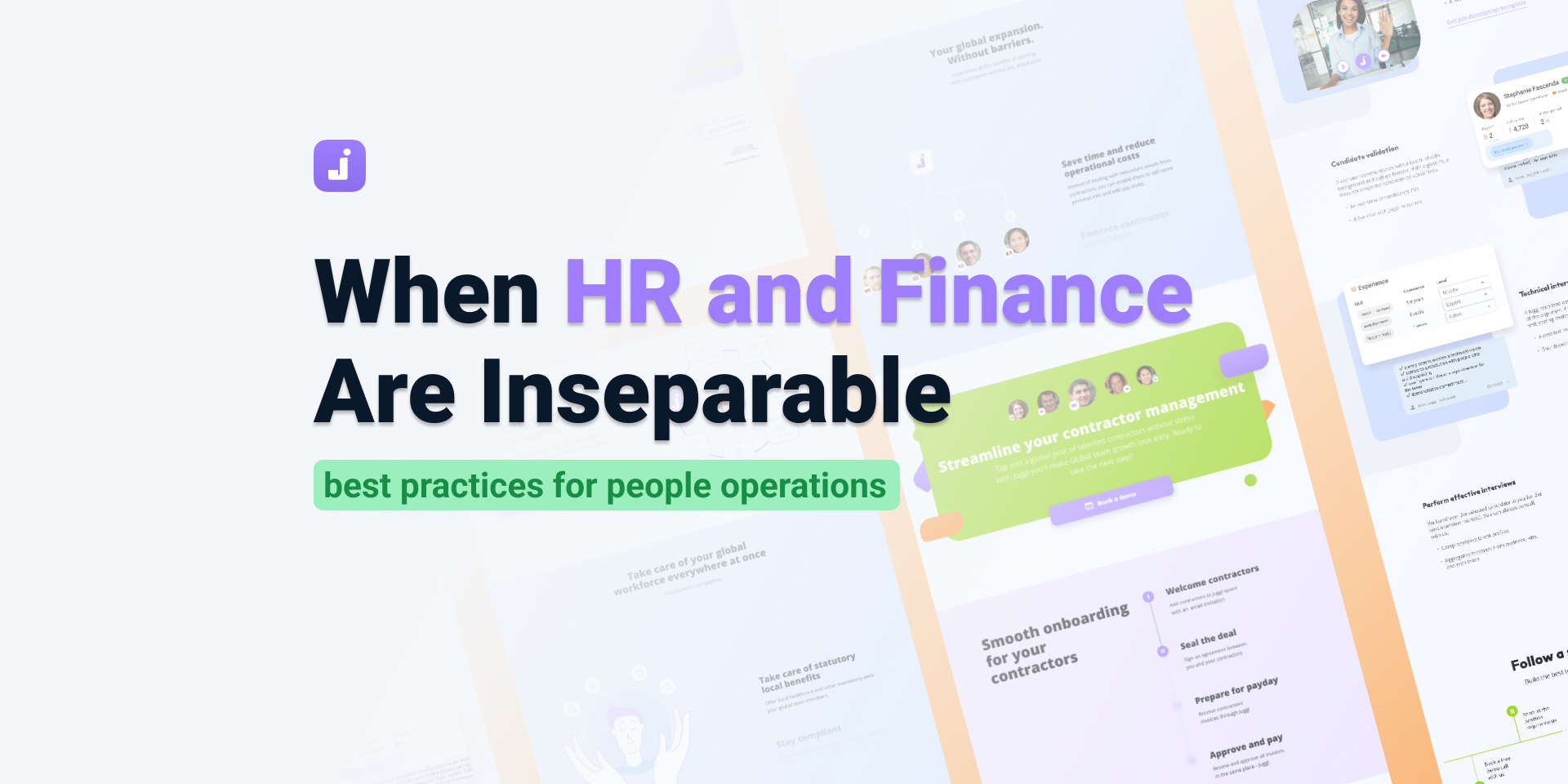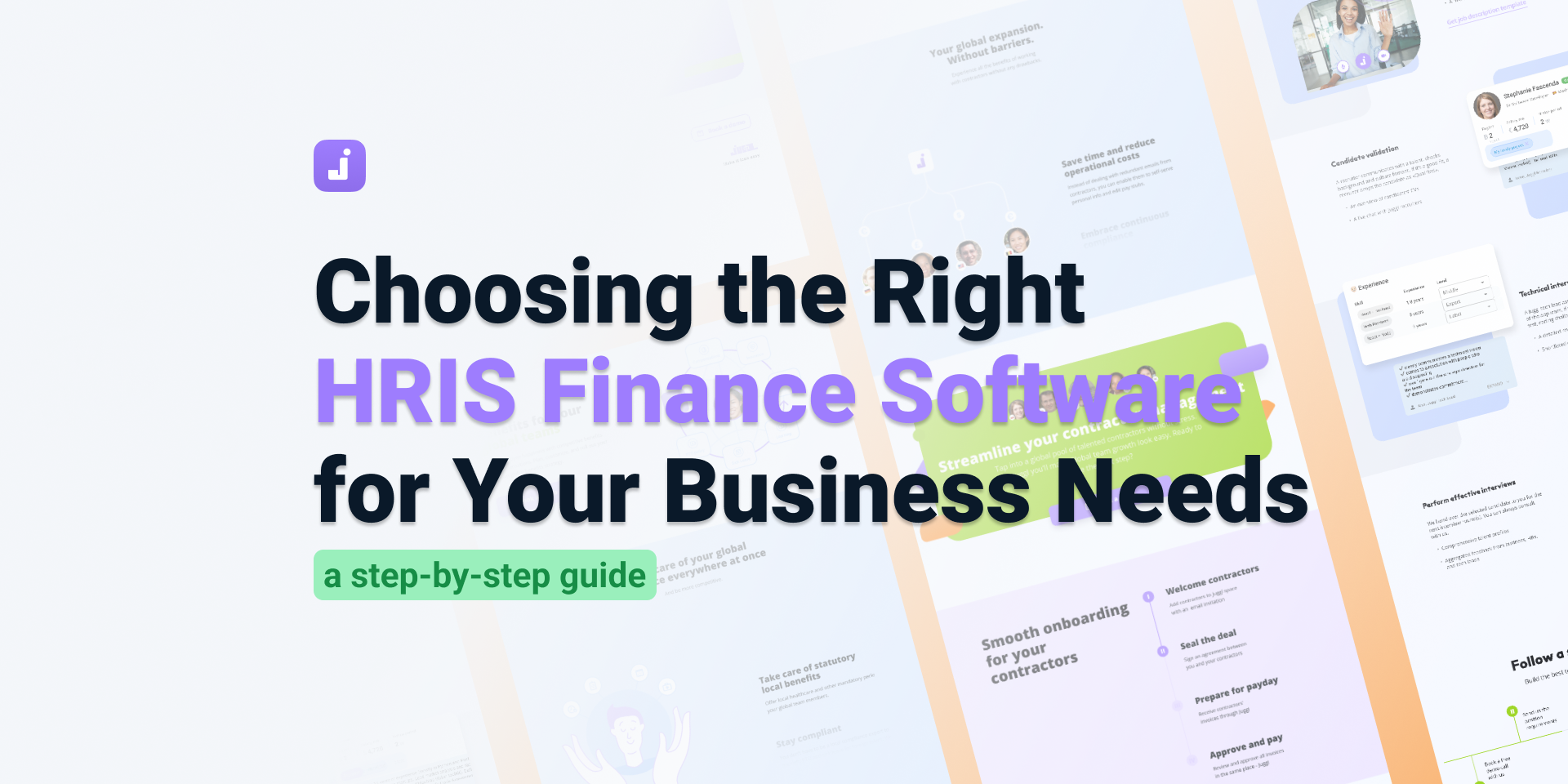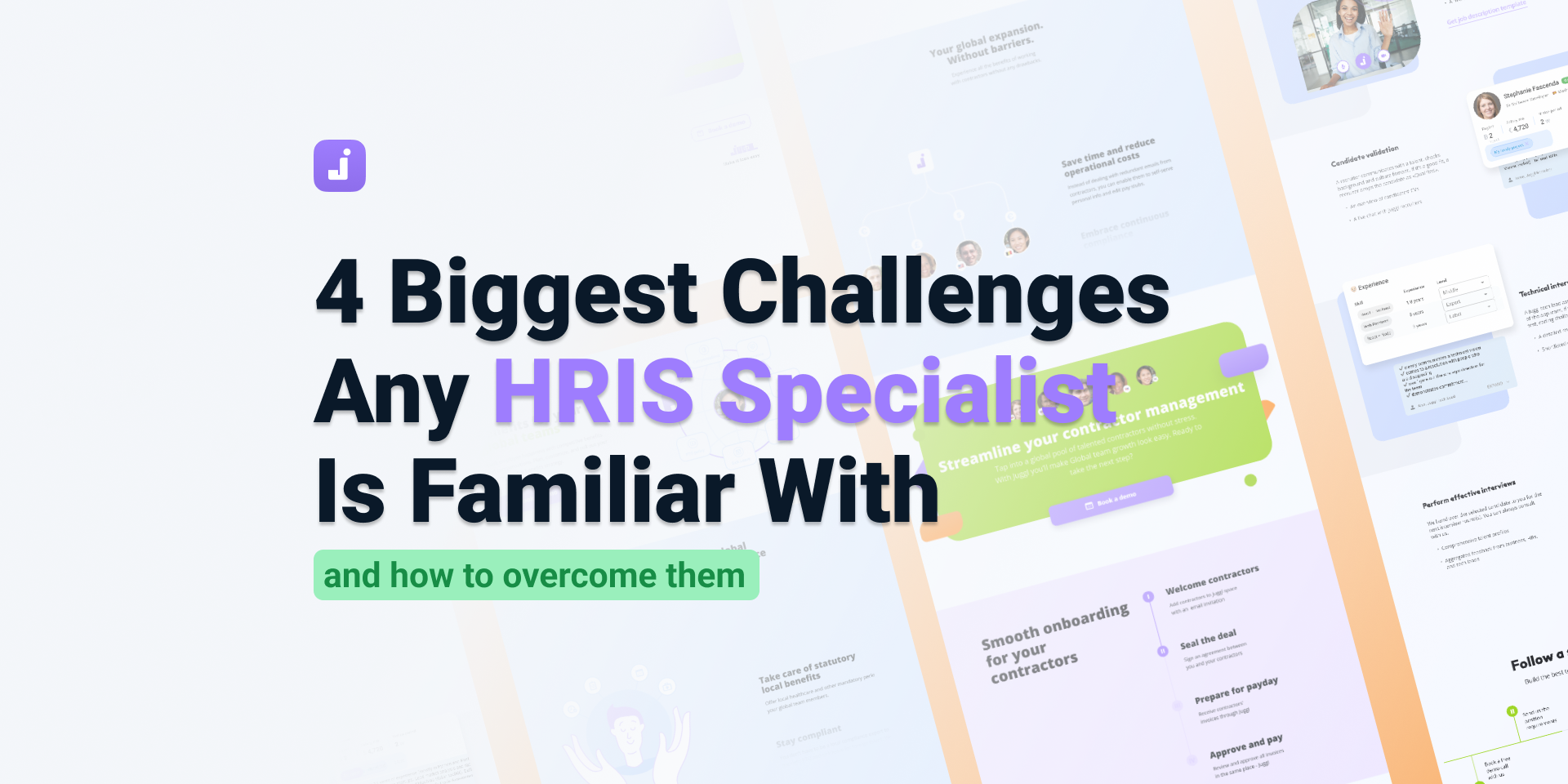HRIS Play 5/10: How to run compensation analytics [+template and ready roadmap]
Running effective compensation analytics is crucial for organizations to ensure fair and competitive pay practices while promoting employee retention and gender equality. In this playbook, we'll outline actionable steps for HR teams to conduct comprehensive compensation analytics and provide templates to support their efforts.
Scenario
Amid the need to balance expenses while retaining top talent and promoting gender equality in pay, HR teams are tasked with implementing effective compensation analytics strategies. By leveraging data-driven insights, they aim to align compensation practices with market standards, assess key performance indicators (KPIs), identify and address pay gaps, and align rewards with organizational goals.
Actions
- Utilize External Compensation Benchmarks: Conduct Market Analysis: Use external compensation benchmarks to understand prevailing market conditions and industry standards for compensation packages.
I recommend you check this article by Kieran Phillips 🔎, where he breaks down tools to do the benchmarking research.
- Gather and Consolidate Compensation Data: Centralize Data Sources: Gather and consolidate all compensation data within the organization, including salaries, bonuses, incentives, and benefits.

- Assess Key Performance Indicators (KPIs):Define Success Metrics: Identify key performance indicators (KPIs) relevant to each position to measure employee performance and contribution to organizational goals.
- Establish Performance Targets: Set clear performance targets aligned with business objectives to evaluate employee effectiveness.

- Identify and Address Pay Gaps: Conduct Equity Audit: Analyze compensation data to identify and address any disparities in pay based on gender, ethnicity, or other demographic factors.
- REMEMBER: pay gap can be found across various criteria (age, location, number of relevant experience) and not all pay gaps are unjustified. Seniority and client satisfaction disparity can produce a pay gap.
- Implement Remedial Measures: Take proactive steps to close pay gaps and promote pay equity within the organization.
- Align Rewards to Goals: Link Compensation to Performance. Align rewards, incentives, and bonuses with individual and organizational performance goals to drive desired outcomes.
- Foster a Culture of Recognition: Implement reward programs that acknowledge and celebrate employee achievements, fostering motivation and engagement.

After you’ve completed your internal data collection you can move onto the 10-step plan to implement actionable changes in your company.
- Identify key positions for compensation analysis
- Collect current compensation data for each identified position
- Check market compensation data and calculate average industry compensation for key positions
- Identify company's deviations from the market averages
- Analyze reasons for any significant deviations
- Evaluate if any compensation adjustments are necessary
- Draft recommendations for compensation adjustments
- Summarize compensation analysis results- Present the compensation analysis report to HR manager- Present the compensation analysis report to senior management- Approval: Senior Management
- Implement approved compensation adjustments
- Monitor and evaluate the impact of implemented compensation changes

.jpeg)








